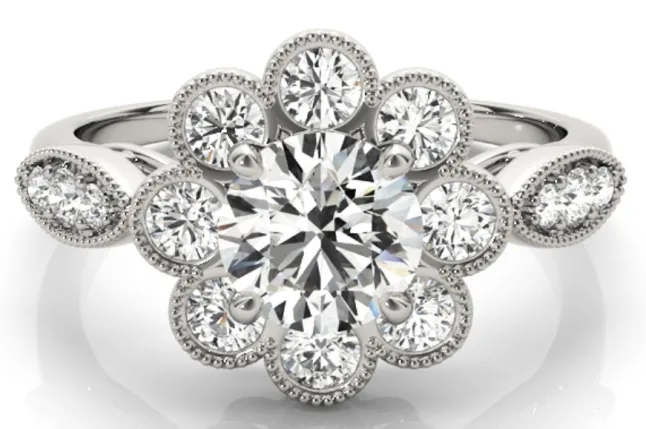Ring Tips for Nature Lovers | Rare Carat
Your engagement ring is something you want to have and wear for years to come, and let’s be honest, sometimes we are out and about, outdoorsy types of gals who don’t want to leave our ring at home but also don’t want to be afraid that something bad will happen to it when it is on our finger. There are a few choices that we can weigh when designing, to feel more comfortable about purchasing a sturdier ring.
Ring Metal and Shank
The metal you choose for your ring is important both in terms of design and hardiness. Just like there is Mohs scale of hardness for gemstones, there is also a range of malleability for metals. For example, there are many karats of gold (10, 14, 18, 24k), the higher the karat, the softer the gold. 14kt is the best option to make sure your gold ring is sturdy outdoors. That being said, Platinum is an even sturdier metal than gold (and a little bit more expensive) but definitely worth the while as it makes for a super durable ring that requires less upkeep. Whatever metal you choose, make sure that the design of the shank (the piece that goes around your finger) isn't too dainty. You want something that has a nice weight/width to it so that it won’t lose its shape or get bent and mangled.

Stones and Prongs
If you tend to work a lot with your hands or enjoy outdoor activities, having a ring set with a ton of tiny diamonds probably isn’t the way to go. I would suggest a nice solitaire ring or one with 3 stones maybe that are all secured by a setting that will keep them in place. Many people like a prong setting for their ring, in which case the more prongs the better (6,8) to make sure that your stone/s are secured. A bezel is another cool option as a protective setting for your stone on all sides. Make sure that you choose a stone that is durable (like a diamond or sapphire) and be sure to check that it isn’t wobbly within the setting before you go out on one of your nature adventures.


